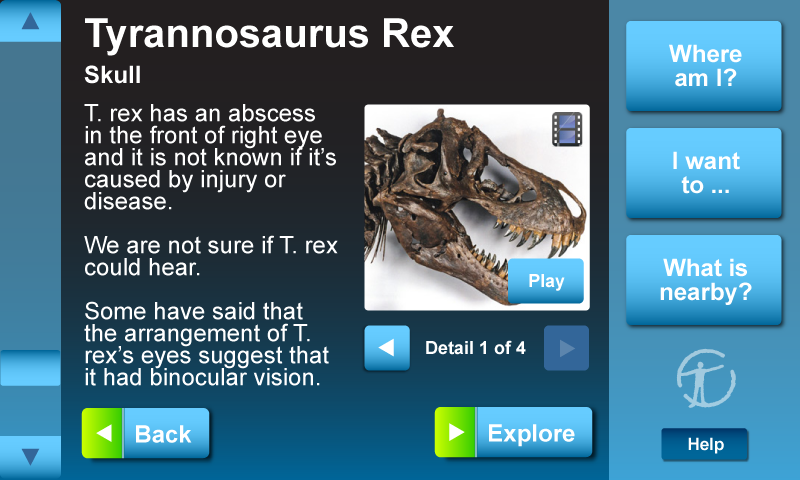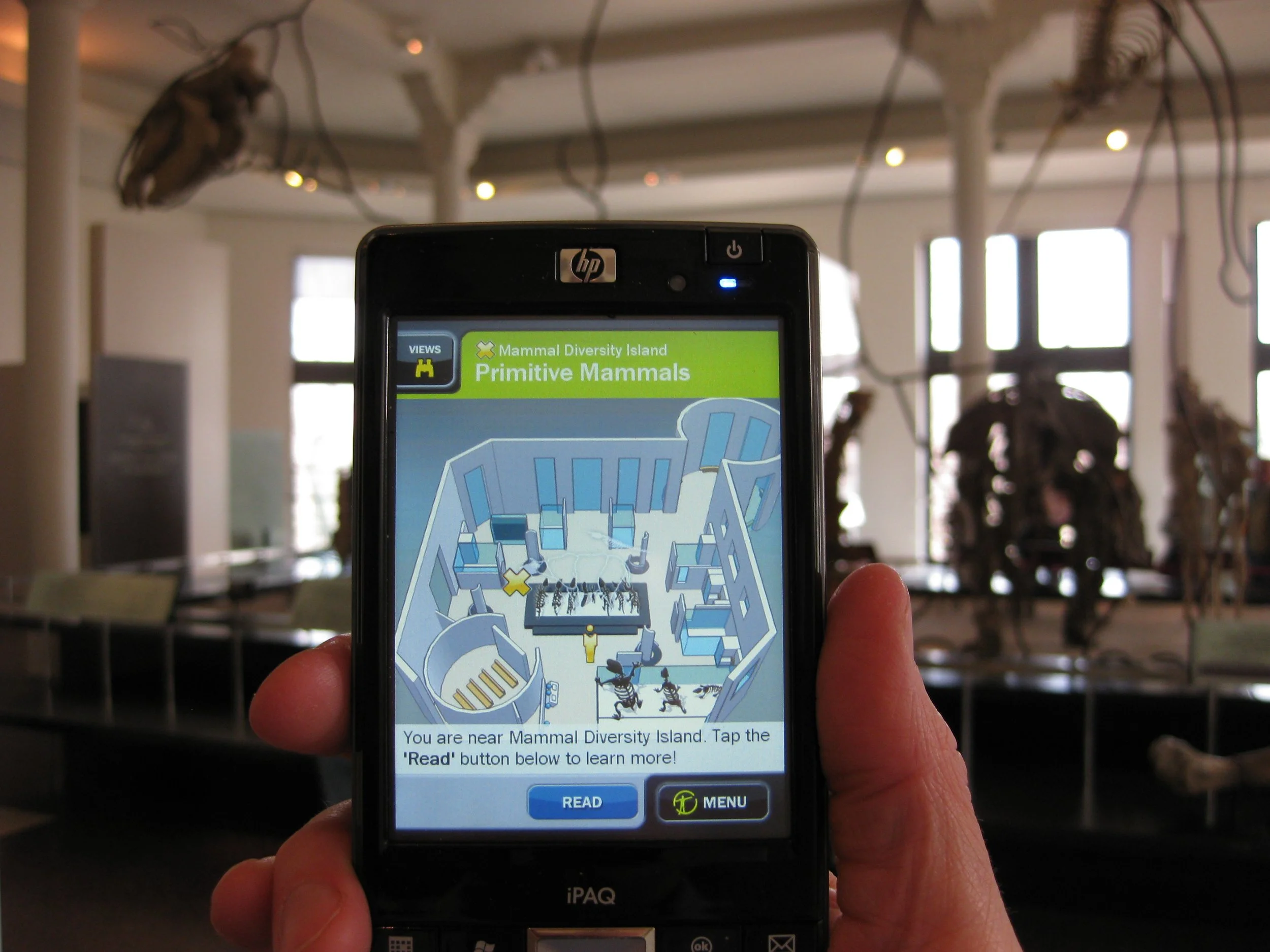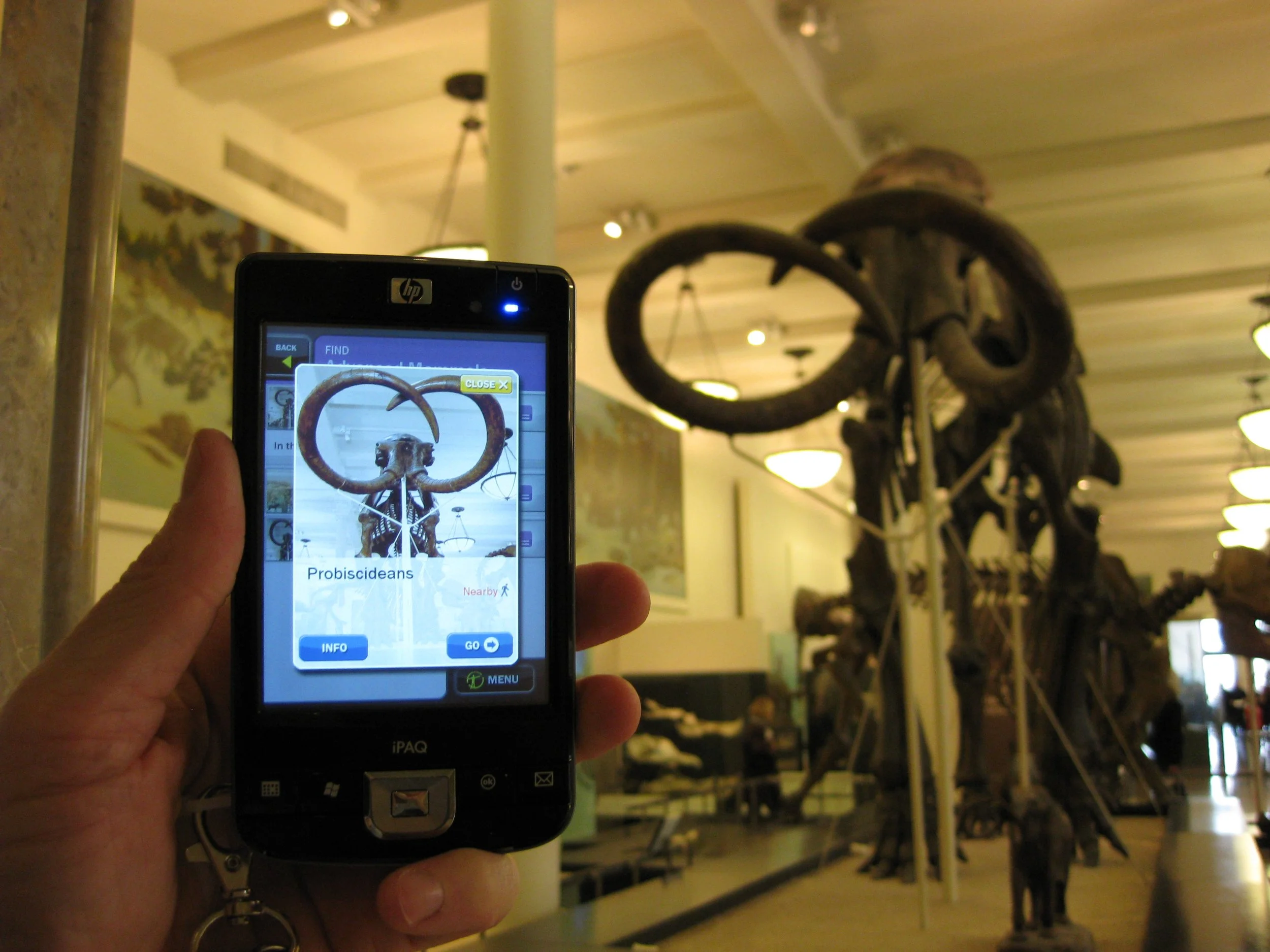Case studies
Maturing CX Capabilities at the Department of Labor
The Department of Labor’s workers compensation programs were very customer-oriented, but lacked the tools for collecting or analyzing their customers’ needs.
A CASE STUDY
My roles
Business development
Consultant
Researcher
Workstream lead
The Department of Labor asked Centers of Excellence (CoE) to help the Office of Workers' Compensation Programs (OWCP) improve the experiences of their many customers. I designed an engagement with three OWCP programs:
The Federal Employees’ Compensation Act (FECA) program serves injured or ill federal employees. Beneficiaries of the program are Federal Bureau of Investigation agents, postal workers, office workers, emergency responders, forest rangers, air traffic controllers, firefighters, Capitol police officers, and many others.
The Black Lung program supports coal miners, construction workers, and transportation workers who are regularly exposed to respirable coal mine dust and who have black lung disease.
The Energy program serves current and former nuclear weapons workers who have been exposed to radiation or other toxic substances.
I led the team that interviewed program staff and leaders to better understand the programs’ services and talked to the customers who rely on program services. The team evaluated programs based on the CoE CX Maturity Model. (I designed the model to define capabilities based on core CX functions.)
The three programs have made progress in measurement capabilities, tracking customer satisfaction and collecting performance-based metrics for timeliness, but overall, they lack human-centered design and customer experience expertise. Collecting, analyzing and widely distributing customer-related data is also an area of potential growth.
Outcome
We collaborated with staff and leadership to develop strategies and tactics for getting each of the programs to the next level in the CX Maturity Model. Four primary strategies emerged:
Share CX expertise across OWCP programs
Share tools across OWCP programs
Search engine optimization
Help the programs with their own strategies and tactics
Navigating Dinosaurs
One of the largest and most celebrated museums in the world, the American Museum of Natural History houses 45 permanent exhibition halls and averages five million visits annually. Unfortunately, because it’s made up of 27 interconnected buildings constructed over the last 130 years, it can also be a really hard place to find a bathroom.
A CASE STUDY
My roles
User experience design lead
User research lead
One of the largest and most celebrated museums in the world, the AMNH houses 45 permanent exhibition halls and averages five million visits annually. Unfortunately, because it’s made up of 27 interconnected buildings constructed over the last 130 years, it can also be a really hard place to find a bathroom.
The museum asked for help imagining their digital future.
Solution: Research museum customer needs and produce the musuem’s first digital product requirements
We did the discovery work for a handheld navigation device that visitors would rent from the museum. (At that time early in the 21st century, very few museums in the world had successfully implemented digital wayfinding solutions.) We focused our attention on the museum's famous fourth floor, home of the dinosaur exhibits.
I converted the museum's needs into user-oriented requirements.
I led intense visitor and staff research to help further flesh out our understanding of the challenge.
I introduced three modes that would support most visitor experiences and based the design of a Flash prototype around the modal approach. I also incorporated the museum's favorite potential elements, digital tours and treasure hunts.
I assessed the handheld devices available at the time and plotted their value along a spectrum that had simple interaction at one end and sophisticated interaction at the other, arguing that only a sophisticated approach would be successful.
My analysis of the 2008 digital device market.
Outcome
We provided the materials the museum needed to created an RFP for a handheld rental device, but as that process played itself out, the personal mobile device market exploded. The foundational work I did is now nestled deeply inside the AMNH Explorer iOS app.







